
Month: August 2016


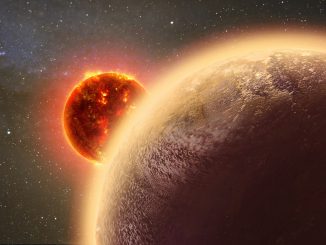
Nearby Venus-like exoplanet might have oxygen atmosphere
The distant planet GJ 1132b intrigued astronomers when it was discovered last year. Located just 39 light-years from Earth and orbiting its red dwarf star every 1.6 days, new research shows that despite being baked to a temperature of around 232 °C, GJ 1132b might possess a thin, oxygen atmosphere — but no life due to its extreme heat.
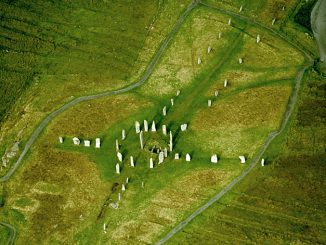
Britain’s pre-Stonehenge megaliths were aligned by astronomers
For the first time, astroarchaeologists have statistically proven that the earliest standing stone monuments of Britain — the great circles — were constructed specifically in line with the movements of the Sun and Moon, 5000 years ago. University of Adelaide researchers used innovative 2-D and 3-D technology to test the patterns of alignment in the standing stones.
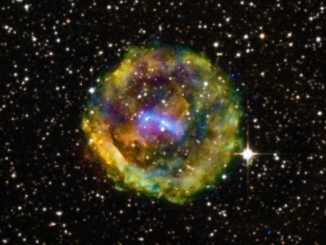
Supernova ejected from the pages of history
A new look at the debris from an exploded star in our galaxy has astronomers re-examining when the supernova actually happened. Recent observations of the supernova remnant called G11.2-0.3 with NASA’s Chandra X-ray Observatory have stripped away its connection to an event recorded by the Chinese in 386 CE.
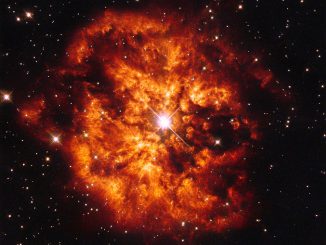
Hubble’s fireball
In this NASA/ESA Hubble Space Telescope image we see the central Wolf-Rayet star known as Hen 2-427 — more commonly known as WR 124 — surrounded by the nebula M1-67. Both objects are found in the constellation of Sagitta some 15,000 light-years away. The hot clumps of gas ejected by the star into space are travelling at over 150,000 kilometres per hour.
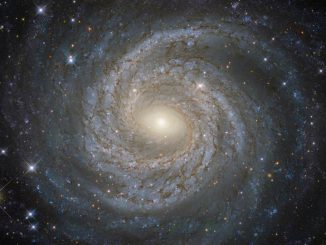
Fifth force of nature could be key to understanding dark matter
Recent findings indicating the possible discovery of a previously unknown subatomic particle may be evidence of a fifth fundamental force of nature. If confirmed by further experiments, this discovery would completely change our understanding of the universe, with consequences for the unification of forces and dark matter.

See asteroid 2 Pallas at its best during August 2016
During the Perseid meteor shower, second-largest asteroid 2 Pallas passed close to the southeast of globular cluster Messier 15 in the constellation of Pegasus. The minor planet still lies in the vicinity of this beautiful deep-sky object, reaching opposition on 20 August — here’s our in-depth guide to Pallas at its best.
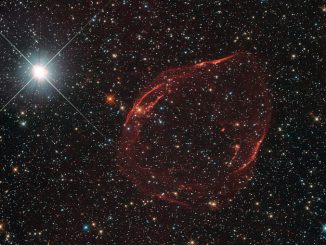
Hubble views supernova shrapnel
Several thousand years ago, a star some 160,000 light-years away from us exploded, scattering stellar shrapnel across the sky. The aftermath of this Type Ia supernova is shown here in this striking image from the NASA/ESA Hubble Space Telescope. The exploding star was a white dwarf located in the Large Magellanic Cloud, a close neighbouring galaxy.

Fermi space telescope expands its search for dark matter
Dark matter, the mysterious substance that constitutes most of the material universe, remains as elusive as ever. Although experiments on the ground and in space have yet to find a trace of dark matter, six or more years of data from NASA’s Fermi Gamma-ray Space Telescope has broadened the mission’s dark matter hunt using some novel approaches.
